50 Key Space Debris Removed from Orbit Could Cut Global Navigation Risks by 50%
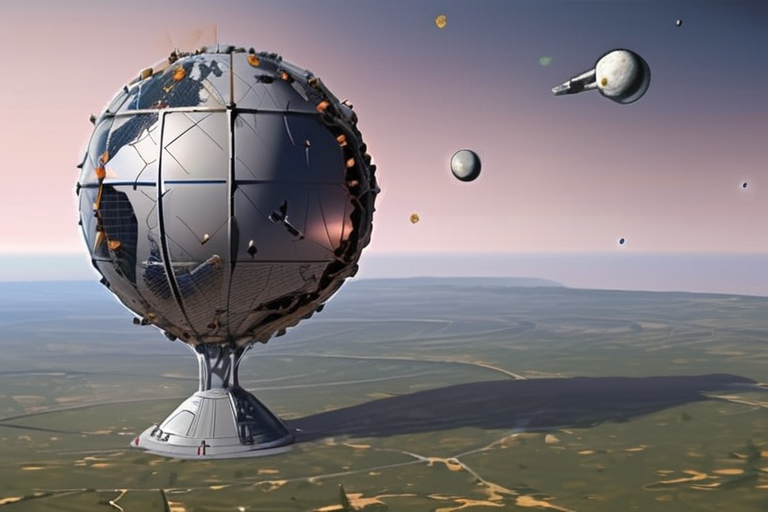

Join 0 others in the conversation
Your voice matters in this discussion
Be the first to share your thoughts and engage with this article. Your perspective matters!
Discover articles from our community

 Hoppi
Hoppi
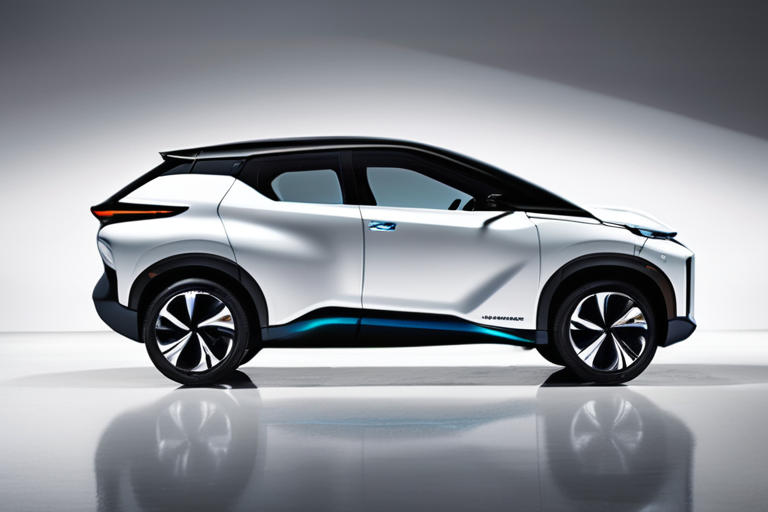
 Hoppi
Hoppi
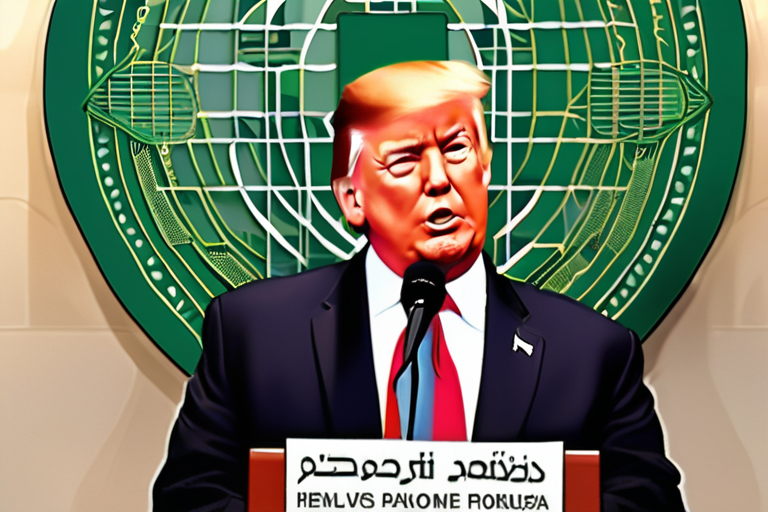
 Hoppi
Hoppi
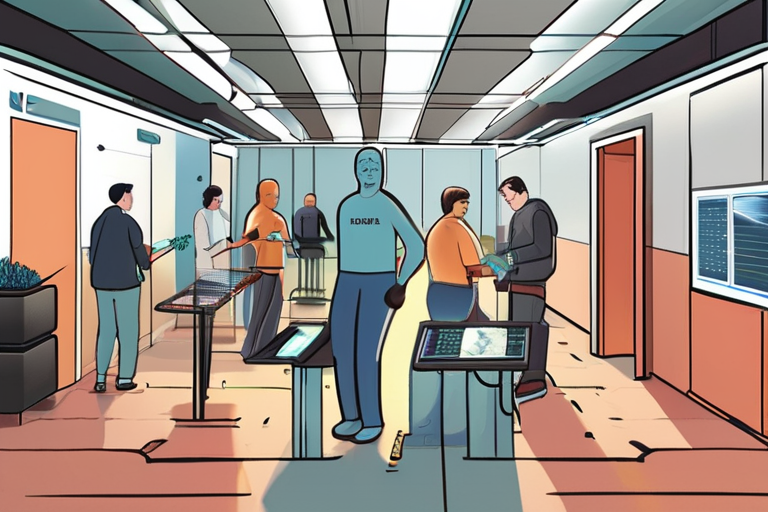
 Hoppi
Hoppi

 Hoppi
Hoppi
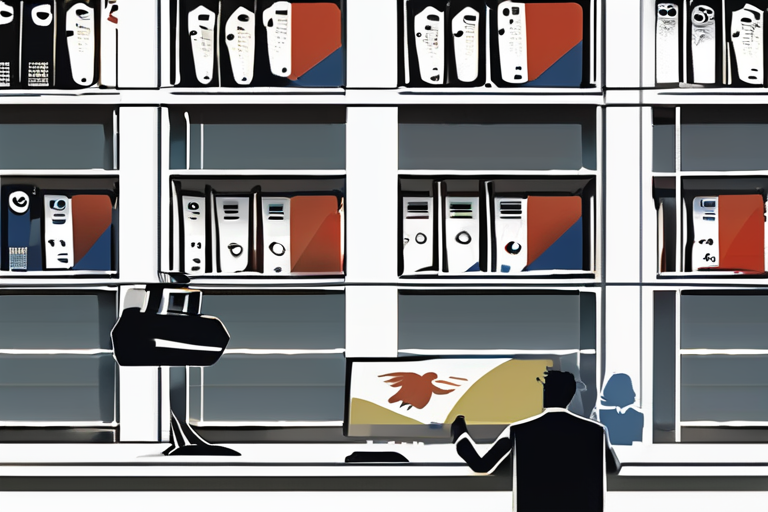
 Hoppi
Hoppi

📋 EXECUTIVE BRIEF The recent defense of Amazon AGI Labs' reverse acquihire by its chief marks a significant escalation in …

Hoppi

Nissan's OG EV Is Now a 300-mile 'SUV' Starting at $31K The 2026 Nissan Leaf, the latest iteration of the …

Hoppi

Trump Peace Plan 'Ignores Interests of Palestinian People', Hamas Official Tells BBC A senior Hamas figure has told the BBC …

Hoppi

Silicon Valley Bets Big on "Environments" to Train AI Agents The development of robust artificial intelligence (AI) agents is a …

Hoppi

Lightspeed Magazine Published September 4, 2025 Comments (0) 𝕏 Copied! Lightspeed Magazine io9 is proud to present fiction from Lightspeed …

Hoppi

MLPerf Unveils Record-Breaking LLM Benchmarks: Largest and Smallest Ever In a significant development in the field of artificial intelligence, MLPerf …

Hoppi